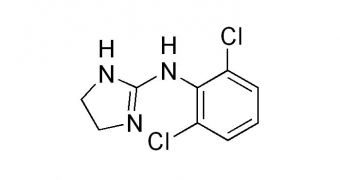Scientists at the Massachusetts General Hospital (MGH), in Boston, recently conducted a genome-wide search for the genetic roots of obsessive-compulsive disorders (OCD) and Tourette's Syndrome. The main conclusion of their research is that the genetic factors at work are very complex.
This is the first investigation of its kind ever conducted, the team says. Neither of the two conditions can be tracked back to a single genetic malfunction. This result suggests that an interplay of several genes may be responsible for these disorders.
However, the research group was able to identify several chromosomal areas that appear to play a role in OCD and Tourette's. Future investigations into their nature could potentially open up new avenues of research for these conditions.
The genome-wide study was the goal of two separate projects, one focused on OCD, and the other on Tourette's. Scientists say that more work is needed in order to figure out exactly what genes interact with each other in a way that promotes these abnormal behaviors, PsychCentral reports.
“Both disorders clearly have a complex underlying genetic architecture, and these two studies lay the foundation for understanding the underlying genetic etiology of Tourette syndrome and OCD,” MGH neurologist, Dr. Jeremiah Scharf, explains.
In the study focused on Tourette's, investigators cross-referenced genomic data from 1,200 patients to those of 5,000 healthy people. Several hundreds of thousands of genetic variants were analyzed across the genome, but no single signal was isolated as a cause.
The team did find an unusually high number of variations in the frontal lobe of the brain, in a region that malfunctions in both OCD and Tourette's. The gene COL27A1, in particular, displayed significant variations, the group says.
In the second investigation, experts compared the 5,000 healthy genomes to 1,500 genomes from people diagnosed with OCD. No clear genetic signal was identified, but the researchers believe that a good candidate may be located next to a gene called BTBD3.
“The important thing this study does is that it really brings Tourette syndrome and OCD into the company of a number of other psychiatric diseases, which people have studied using genome-wide association,” including autism and schizophrenia, Scharf explains.
“Now that we have these data for Tourette syndrome and OCD, we can work with investigators who are studying those other diseases to try to see what we can learn about what variants are shared between different neurodevelopment disorders,” he concludes.

 14 DAY TRIAL //
14 DAY TRIAL //